Introduction: The Hidden Importance of Fragile Sand Dune Ecosystems
Imagine a place where an entire ecosystem clings to existence, harboring species found nowhere else on Earth. As natural sand dunes vanish around the globe, scientists warn about the silent disappearance of these unique habitats—and with them, rare plants and insects vanish forever. At the crossroads of history and hope, the Antioch Dunes National Wildlife Refuge - Sardis Unit forms one of the last sanctuaries for some of California’s most endangered life forms.
The term “wildlife refuge” might evoke sweeping landscapes teeming with mammals and soaring birds, but the Antioch Dunes National Wildlife Refuge tells a different story. This riverine sand dune system, shaped over centuries by water, wind, and time, now functions as a last stronghold for endangered species like the Lange's metalmark butterfly and the Antioch Dunes evening primrose. Why does the fate of a patch of sand dunes matter so much? The answer connects directly to the global loss of biodiversity—and the future of specialized creatures and plants who rely completely on these shrinking landscapes. Understanding this unique refuge is to glimpse what’s at stake and why ongoing restoration and protection efforts matter now more than ever.
Antioch Dunes National Wildlife Refuge: Where Endangered Species and Unique Habitats Remain
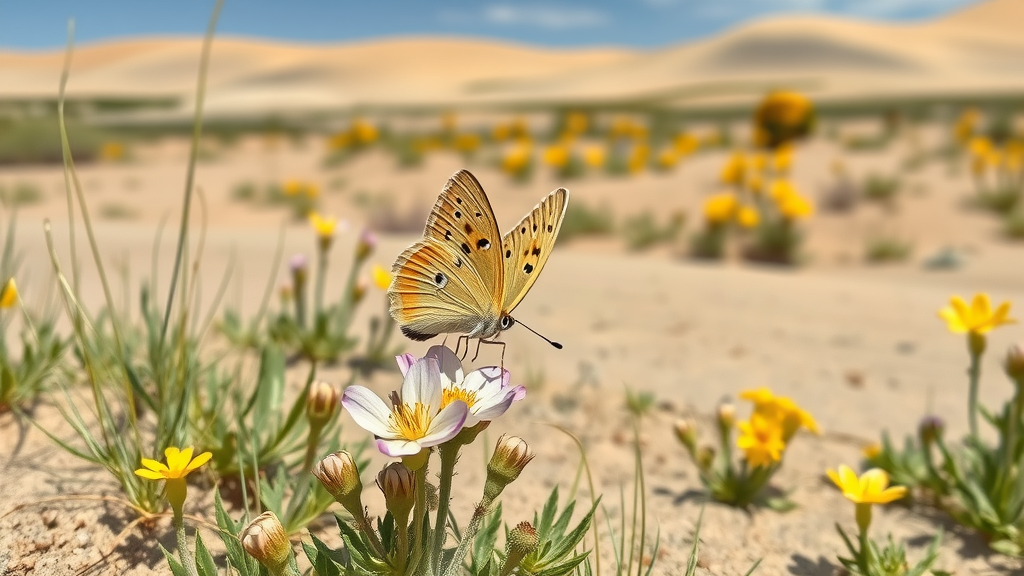
Sand dune environments—particularly those found within a riverine setting—are among the world’s most fragile and rare ecosystems. The Antioch Dunes National Wildlife Refuge, specifically its Sardis Unit, exemplifies why these habitats are globally significant. This isn’t just another protected zone; it’s the last known home for the endangered Antioch Dunes evening primrose, Contra Costa wallflower, and most critically, the one and only locale on Earth for the Lange’s metalmark butterfly. While most wildlife refuges protect broad ranges of animals, this preserve exists to shield a handful of irreplaceable species from extinction.
The importance of such a landscape becomes clear when exploring the consequences of its decline. For over 150 years, the Antioch Dunes region has faced relentless pressures: rampant sand mining, the invasion of non-native plants, urban expansion, and environmental degradation have chiseled away at its former expanse. As the sand dunes dwindled, so too did the number of species uniquely adapted to this habitat. Without ongoing intervention and restricted public access, it’s likely these rare plants and insects would disappear entirely. The Sardis Unit thus shines as both sanctuary and warning—reminding us how delicate the balance is for species with nowhere else to go.
Why the Antioch Dunes National Wildlife Refuge - Sardis Unit Is Vital for Survival and Science
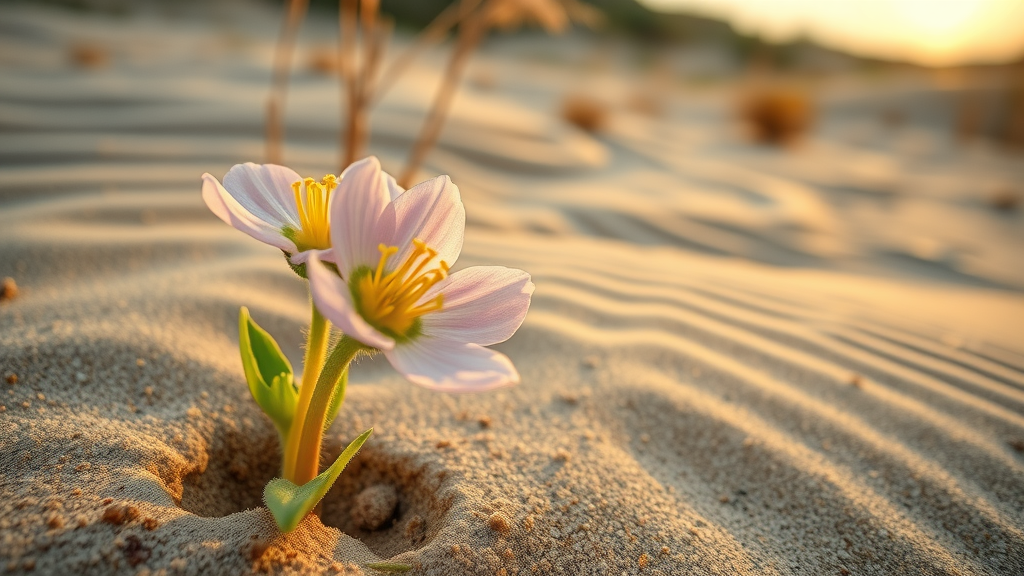
Positioned at the edge of the Sacramento–San Joaquin Delta, the Sardis Unit is not just a refuge for endangered species—it is a living laboratory for conservation. Every acre of these dunes supports endemic flora and fauna that scientists can study and protect, thereby gaining insight into how to save similar habitats in decline across the world. Plants like the Antioch Dunes evening primrose and the Contra Costa wallflower are dependent on the sandy, dynamic ecosystem that cannot simply be recreated elsewhere; preservation of their home means preservation of entire evolutionary stories.
The sanctuary’s restricted access and deliberate management protocols offer essential benefits both to science and to the future of biodiversity. By safeguarding the only known population of Lange’s metalmark butterfly, the Sardis Unit illustrates the profound impact that focused habitat protection can have against extinction. Restoration projects listed in the refuge's resources show practical efforts to reverse damage, control invasive species, and bring struggling populations back from the brink. This hands-on approach transforms the Sardis Unit from a passive piece of protected land into an active stronghold for recovery and resilience, making every act of stewardship a victory for conservation science.
Restoring Balance: Challenges and Hope in Sand Dune Habitat Recovery
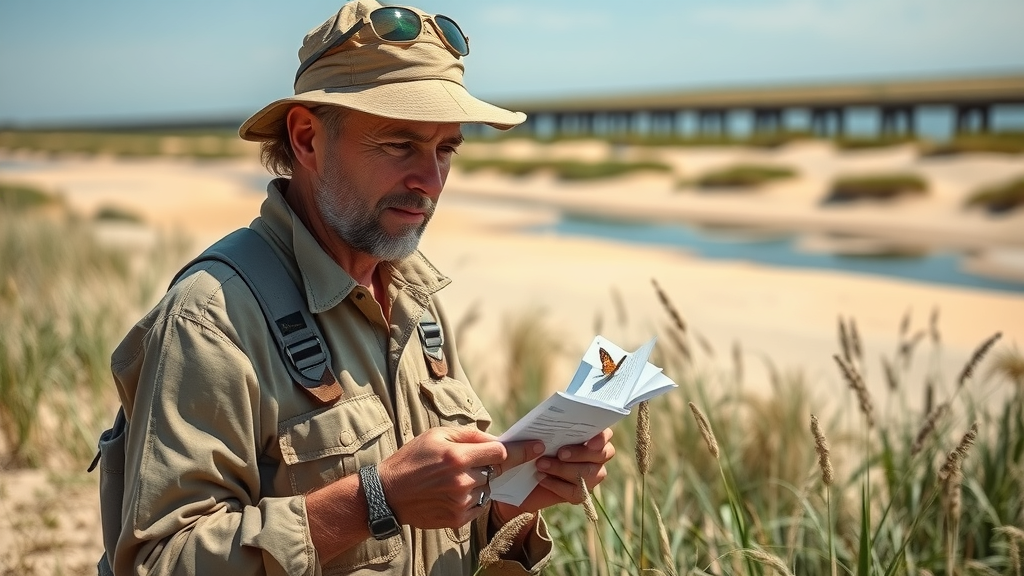
Protecting an ecosystem as sensitive as the Antioch Dunes is an ongoing challenge, requiring a delicate balance between intervention and letting nature take its course. Detailed vegetation inventory reports highlight how the Sardis Unit must adapt to shifting sands, fluctuating water levels, and the persistent threat of invasive species that can outcompete native plants. Managing these dynamic processes demands both scientific expertise and a long-term perspective, as changes in climate and human activity continue to put pressure on the refuge’s already limited boundaries.
But the story of the Sardis Unit is also one of hope. Each year, focused habitat management and restoration efforts aim to bring the threatened species back from the brink, using tools like targeted plantings, removal of invasive species, and monitoring of critical populations. By acting as a “living laboratory,” the refuge not only safeguards its current biodiversity but also provides insights and protocols for similar restoration work elsewhere in the world’s endangered sand dune systems. For young scientists, local communities, and conservationists, the progress at Antioch Dunes offers tangible proof that persistence and informed stewardship can restore what was nearly lost.
Key Lessons In Conservation: What Makes the Refuge Unique in the Delta
While the Sacramento–San Joaquin Delta is famous for its waterways and wetlands, the Antioch Dunes represent a rarely preserved sand dune habitat within this larger landscape. Few realize that behind the refuge’s fences exists the only global sanctuary for the Lange’s metalmark butterfly—a fact that underscores the urgency and uniqueness of its mission. The Sardis Unit’s protocols, prioritizing the needs of endangered species and minimizing human disturbance, set an example of how tightly regulated access and rigorous scientific management can succeed where broader, less focused efforts may fail.
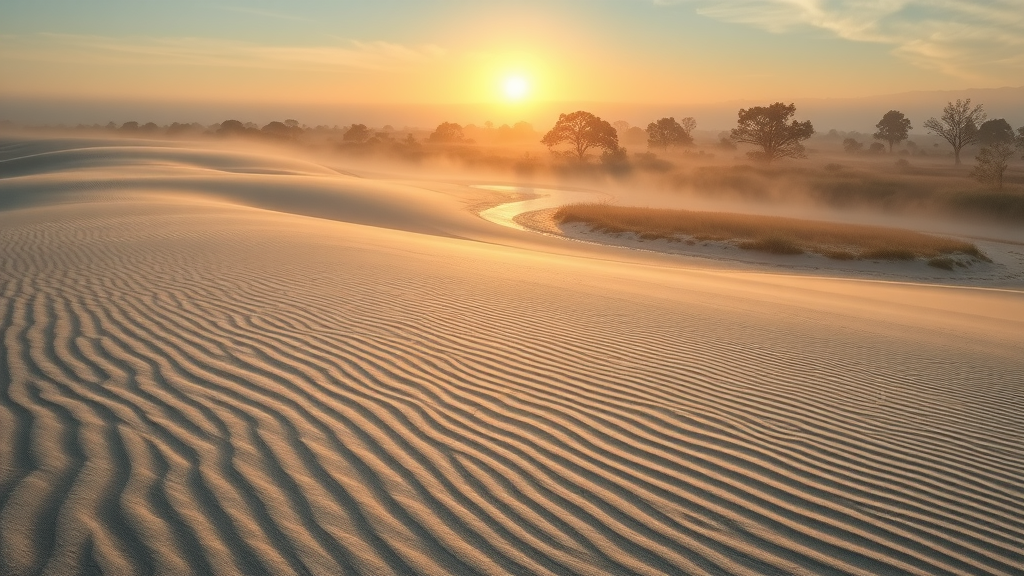
The dune’s past devastation by mining, industrial expansion, and careless land use stand as cautionary tales. By confronting these mistakes through restoration and public education, the refuge offers a model for balancing ecological necessity with local history. The current pause in docent-led tours, prompted by limited resources and safety needs, further stresses the theme: protecting habitats sometimes means sacrificing accessibility in favor of a greater good. As climate concerns mount, the Sardis Unit’s careful stewardship becomes ever more relevant as a template for similar sites worldwide.
The Endangered Species Connection: Understanding What’s at Stake
Few wildlife refuges are established specifically for single species, but the Antioch Dunes National Wildlife Refuge makes this its core mission. The site’s continued focus on the protection of plants and insects federally recognized as endangered turns it into a critical stronghold for genetic diversity and survival. Habitat inventories and project reports detail the step-by-step strategies undertaken—from removing invasive competitors to monitoring habitat changes year by year—in the challenging work of reversing over a century of decline.
For students, educators, and conservation-minded citizens, engagement with the Sardis Unit’s story is more than academic. It’s an opportunity to see how specific actions—both historic missteps and present-day restoration—play out on the landscape and in the lives of species who depend entirely on human choices. Each survival of a primrose or emergence of a wallflower is a testament to the importance of proactive intervention and sustained commitment in the often slow but vital process of habitat recovery.
A Conservation Ethos: The Antioch Dunes Approach to Stewardship
The underlying philosophy guiding the Antioch Dunes National Wildlife Refuge – Sardis Unit is one of harmony between rigorous science and compassionate stewardship. Established in 1980 with the defined mission to shield endangered plants and insects, the refuge’s methodology insists that every decision—from site management to permitted activities—pass strict compatibility evaluations. This standard ensures that even well-intentioned actions do not inadvertently harm the precious, limited habitats or the species they support.
The approach here is not passive preservation but active restoration. Reports documenting vegetation changes guide prioritization of invasive plant removal and targeted native species enhancement. Habitat management and restoration are not one-time interventions but continuous, evolving processes informed by up-to-date research and careful observation. By dedicating its resources to the science-backed recovery of the sand dune environment, the Sardis Unit exemplifies long-term thinking and a careful balance of urgency and patience—an approach approachable for students and inspiring for anyone invested in protecting biodiversity.
—
Due to the lack of available public reviews, this section will not include a visitor quotation. However, the story of the Antioch Dunes National Wildlife Refuge - Sardis Unit is validated through its scientific reports and ongoing presence as a critical haven for rare species. The ongoing restoration and stewardship efforts serve as living testimonials to the power of dedicated conservation and the benefits all will share—scientists, students, and future generations alike—by supporting and learning from this fragile ecosystem.
What the Antioch Dunes National Wildlife Refuge - Sardis Unit Means for Biodiversity’s Future
The significance of the Antioch Dunes National Wildlife Refuge - Sardis Unit reaches far beyond Antioch or even California. This unique riverine sand dune reserve demonstrates the immense importance of focused, science-led habitat protection. By centering its mission on highly endangered species, careful restoration strategies, and strict access controls, the Sardis Unit becomes a rare example of both hope and warning for global biodiversity conservation. The lessons learned here—on how to reverse past damage, why to protect vanishing ecosystems, and when restraint is necessary—will influence not just those who study these dunes but everyone invested in the health of our planet. In the story of the Sardis Unit, the world finds reasons to believe that dedicated action can still tip the balance toward survival and renewal for the rarest of life forms.
Contact the Experts at Antioch Dunes National Wildlife Refuge - Sardis Unit
If you’d like to learn more about how the Antioch Dunes National Wildlife Refuge - Sardis Unit could benefit your understanding of endangered species conservation and habitat restoration, contact the team at Antioch Dunes National Wildlife Refuge - Sardis Unit.
📍 Address: 1551 Wilbur Ave, Antioch, CA 94509, USA
📞 Phone: +1 510-377-9229
🌐 Website: https://www.fws.gov/refuge/antioch-dunes
Location and Hours for Antioch Dunes National Wildlife Refuge - Sardis Unit
Note: Due to the sensitive nature of the habitat, the refuge is closed to the public.
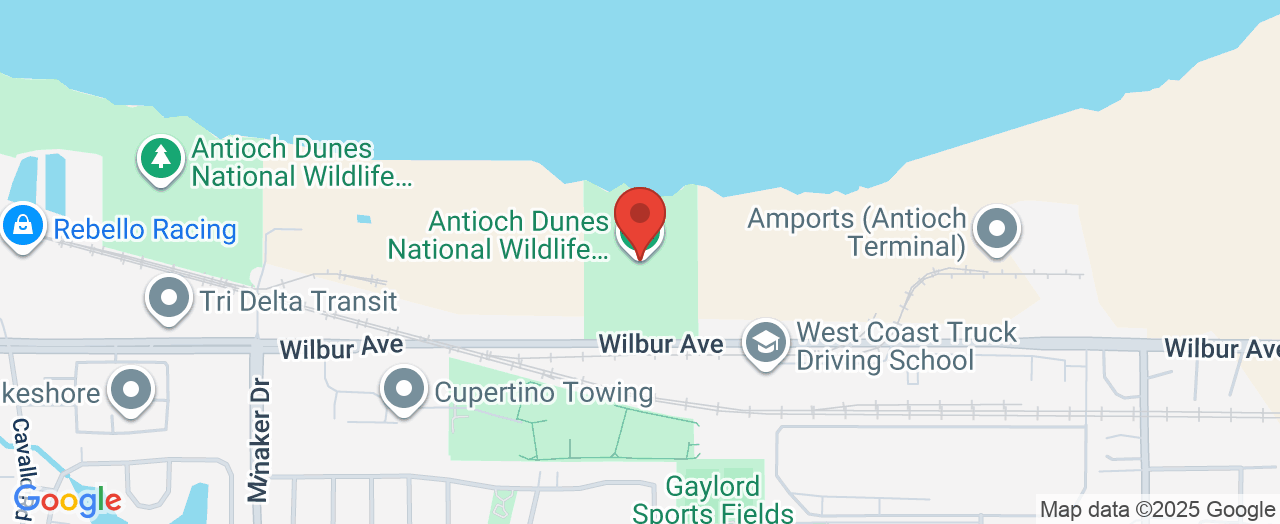
 Add Row
Add Row  Add
Add 





Write A Comment